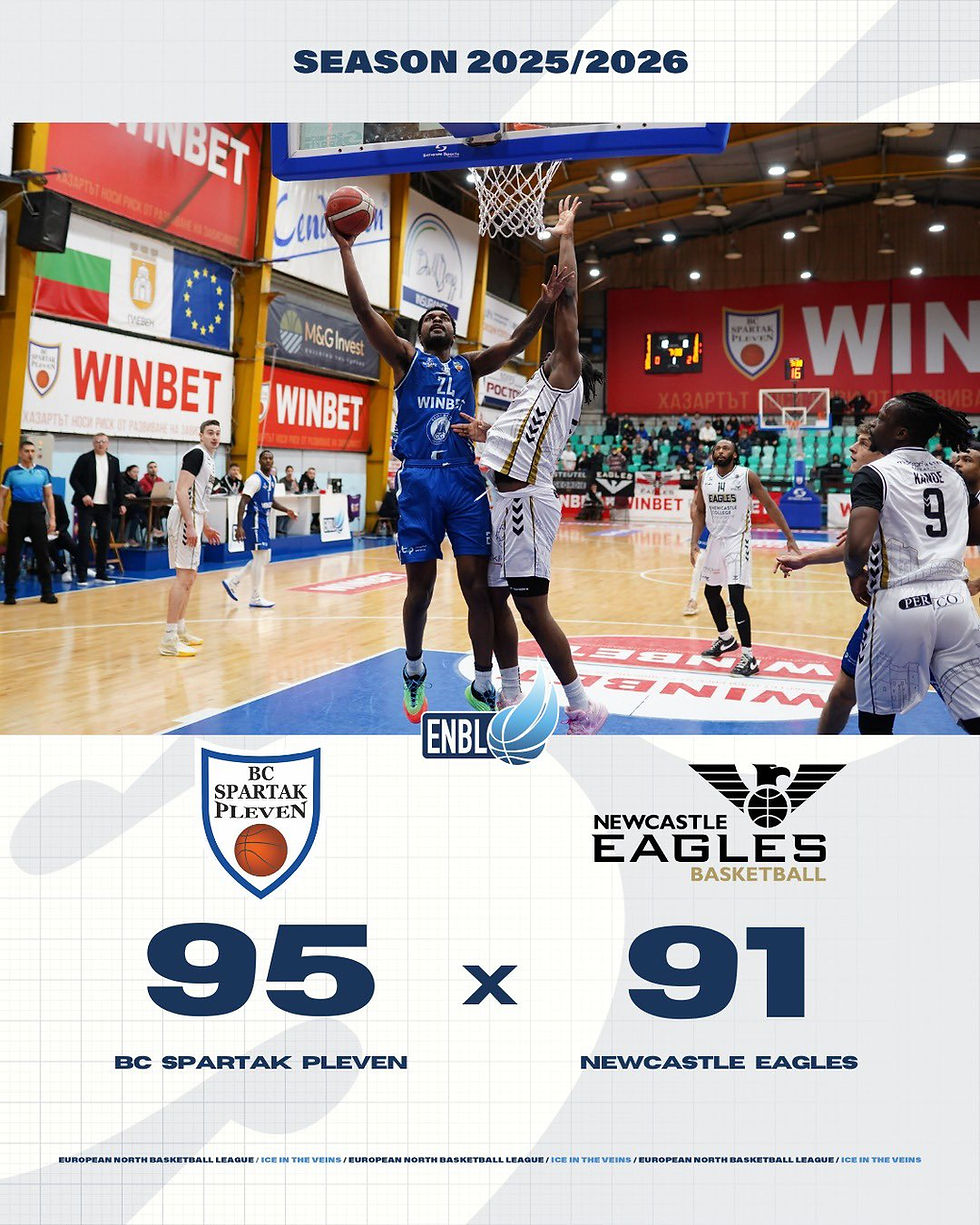Tough calls: January 2024
- marisnoviks
- Feb 8, 2024
- 4 min read

The Tough Calls are sponsored by Fiziocentrs – a well known physiotherapy clinic in Latvia. The videos shown below will help to understand the game, referees and rules.
1. In a post play between White 5 and Red 3, offensive player Red 3 caught a defender's hand and fell to the court on contact. Referees call an offensive foul by Red 3.
FIBA OBRI 33.2. The offensive player, whether on the floor or airborne, shall not cause contact with the defensive player in a legal guarding position by:
-Using his arms to create more space for himself (pushing off)
FIBA OBRI 33.12. It is a foul by an offensive or defensive player in the post position to shoulder or hip his opponent out of position or to interfere with his opponent’s freedom of movement using extended arms, shoulders, hips, legs or other parts of the body.
FIBA OBRI 33.14. Fake being fouled.
Fake is any action by a player to simulate that he has been fouled or to make theatrical exaggerated movements in order to create an opinion of being fouled and therefore gaining an advantage.
Outcome: correct decision from the referees. White 5 stayed in a legal guarding position, when offensive player Red 3 caused an illegal contact with White 5 as a result he fell down. He is penalized by a personal offensive foul.
2. White 6 dribbling, when defender Black 32, got into a small contact and fall down. Referees call a personal offensive foul by White 6.
FIBA OBRI 33.2. The offensive player, whether on the floor or airborne, shall not cause contact with the defensive player in a legal guarding position by:
-Using his arms to create more space for himself (pushing off)
FIBA OBRI 33.3. Legal guarding position.
A defensive player has established an initial legal guarding position when:
- He is facing his opponent, and
- He has both feet on the floor.
FIBA OBRI 33.4. The guarding (defensive) player must establish an initial legal guarding position without causing contact before taking his position.
FIBA OBRI 33.14. Fake being fouled.
Fake is any action by a player to simulate that he has been fouled or to make theatrical exaggerated movements in order to create an opinion of being fouled and therefore gaining an advantage.
Outcome: incorrect decision from the referees. Black 32 did not established a legal guarding position, and after a touch with White 6 hand, showed a theatrical exaggerated movement. Official warning about Fake must be given.
3. Black team on offense, Black 6 started an act of shooting, when he was fouled by White 21. Referees call a personal foul and award two free throws.
FIBA OBRI 15.1.2. The act of shooting on a shot:
Begins when the player starts, in the judgement of a referee, to move the ball upwards towards the opponents’ basket.
Outcome: correct decision from the referees. When Black 6 was fouled by White 21, ball was in his hands and an act of shooting started.
4. White 4 in post play, guarded by Green 41, dribbles, stops and makes a pass to teammates, simultaneously Green 41 attempts to kick the ball out. Ball went in back court, where White 2 catches it first. Referees call a back court violation.
FIBA OBRI .30.1.1. A team is in control of a live ball in its frontcourt when:
-A player of that team is touching his frontcourt with both feet while holding,
catching or dribbling the ball in his frontcourt
FIBA OBRI 30.1.2. A team in control of a live ball in the frontcourt has caused the ball to be illegally returned to its backcourt, if a player of that team is the last to touch the ball in his frontcourt and the ball is then first touched by a player of that team:
-After the ball has touched the backcourt of that team
FIBA OBRI 30.2. A team which is in control of a live ball in its frontcourt may not cause the ball to be illegally returned to its backcourt.
Outcome: correct decision from the referees. Green 41 attempted to kick the ball but didn’t touched it. White 4 made a wrong pass to his partner, the ball went into the back court, where White 2 took it first. It’s a back court violation.
5. Black 11 made an alley-up pass to his teammate Black 22 in a restricted area, where the last one was fouled by White 17. Referees call a personal foul by White 17. To make sure the decision is correct, the referees use a video replay system. After IRS, referees stay with a personal foul.
FIBA OBRI 33.5. A player who does not control the ball is entitled to move freely on the playing court and take any position not already occupied by another player.
FIBA OBRI 33.15. Pushing
Pushing is illegal personal contact with any part of the body where a player forcibly moves or attempts to move an opponent with or without the ball.
FIBA OBRI F.1. The Instant Replay System (IRS) review is the working method used by the referees to verify their decisions by watching the game situations on the screen.
FIBA OBRI 37.1.1. Unsportsmanlike foul:
Contact with an opponent and not legitimately attempting to directly play the ball within the spirit and intent of the rules.
Excessive, hard contact caused by a player in an effort to play the ball or an opponent.
FIBA OBRI F.3.3. Whether a personal, unsportsmanlike or disqualifying foul met the criteria for such a foul or shall be upgraded or downgraded or shall be considered as a technical foul.
Outcome: correct decision from the referees. White 17 illegally pushes Black 22. Contact does not meet any UF criteria, after review referees stay with initial decision- a personal pushing foul for White 17.
Author: Oskars Lucis, ENBL Head of referees



Comments